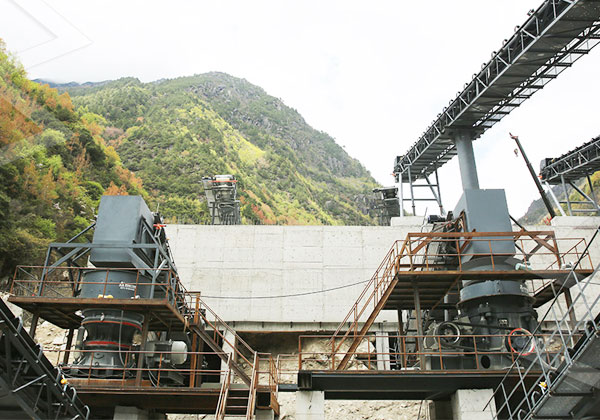Basalt, known for its durability, strength, and resistance to abrasion, is widely used in the construction and infrastructure industries. The production of basalt aggregate requires specialized crushers capable of handling this dense material efficiently. Crushers used in basalt aggregate production must ensure fine, uniform particle sizes suitable for high-quality construction applications such as road beds, concrete production, and railways.
The primary crusher plays a critical role in the initial processing stage by reducing large basalt blocks into manageable sizes. Typically, jaw crushers or gyratory crushers are used at this stage, given their ability to crush hard, abrasive materials effectively. These crushers break down the raw basalt rock into chunks that can be further processed by secondary and tertiary crushers.
For the secondary crushing stage, impact crushers or cone crushers are commonly utilized. Cone crushers are particularly effective in breaking down basalt into finer aggregates, thanks to their ability to maintain consistent pressure and provide precise control over product size. This stage is essential to achieve the required aggregate gradation for applications like asphalt or concrete.
The tertiary crushing stage refines the material further to meet specific size requirements. In this stage, vertical shaft impact (VSI) crushers are often employed to produce high-quality cubical aggregates. VSI crushers are known for their ability to shape the output, making the aggregates suitable for use in high-strength concrete mixes and road construction.
Overall, the basalt aggregate production process relies on a combination of crushing stages to ensure consistent quality and gradation. The choice of crushers at each stage affects both the efficiency of the production line and the quality of the final product. A well-designed setup, with proper maintenance, ensures high output and minimal downtime in large-scale aggregate production projects.

